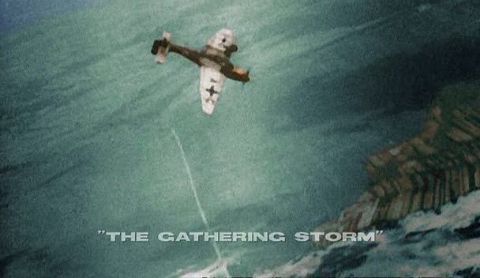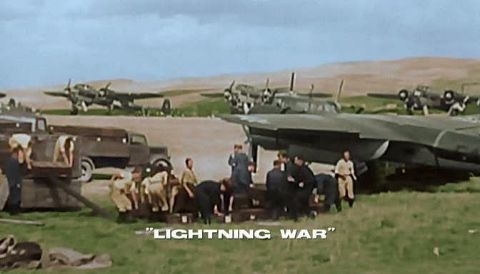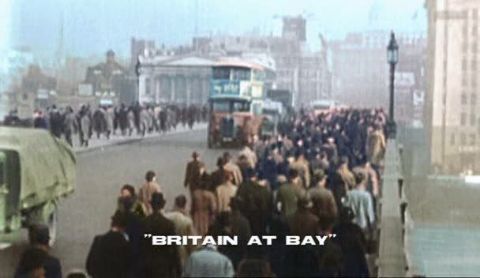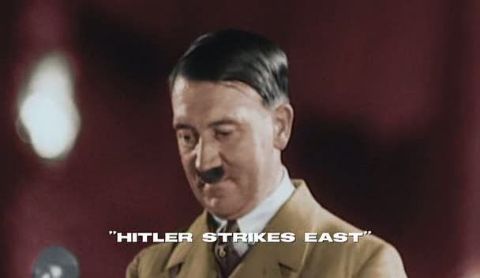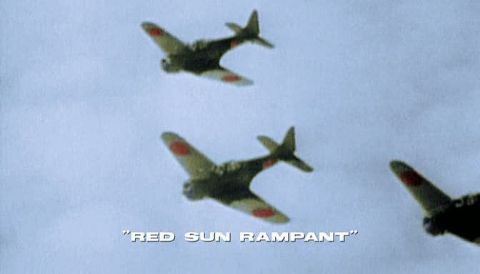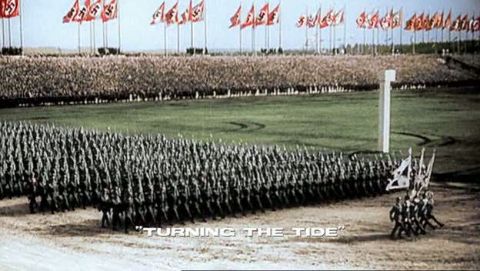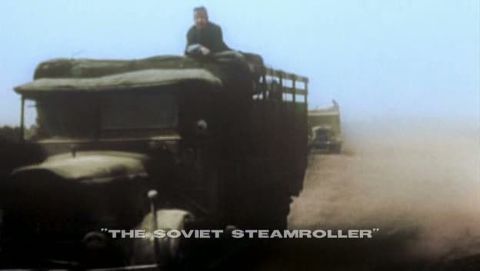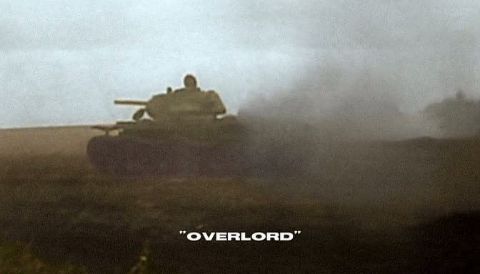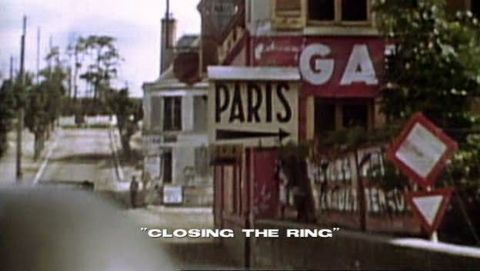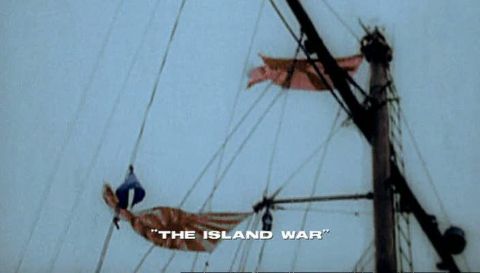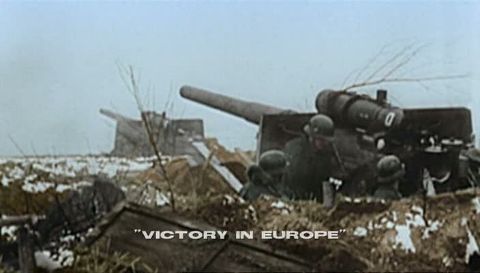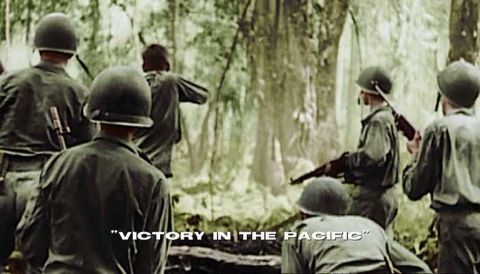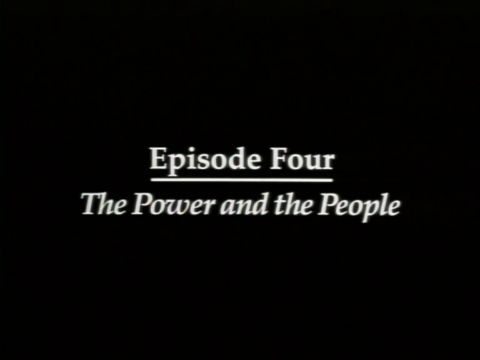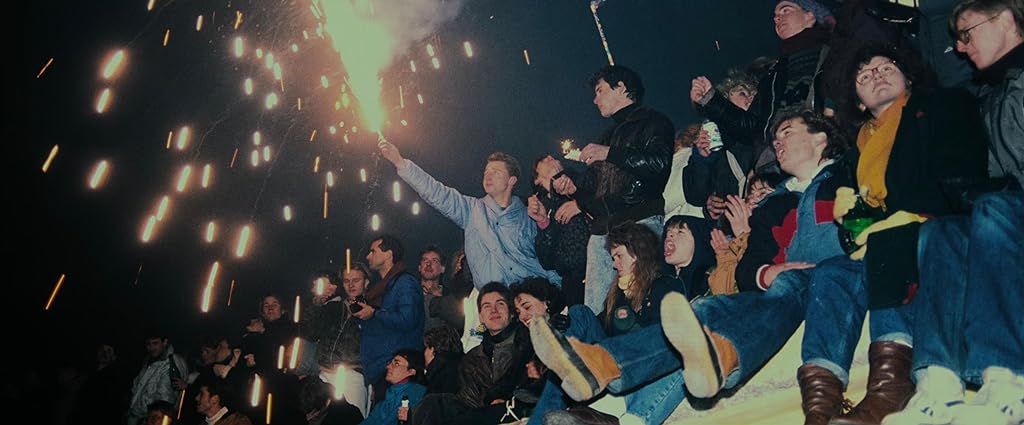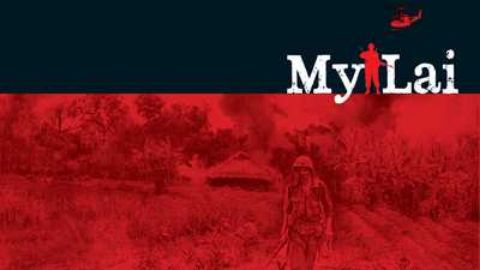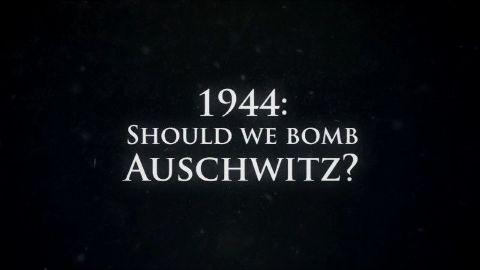Red Sun Rampant • 2009 • episode "5/13" • World War II In HD Colour
December 7th 1941 is "a date that will live in infamy" proclaimed President Franklin Roosevelt. That was the day that Japan entered World War II, with its surprise attack upon the US Fleet in Pearl Harbour. Japan swiftly followed this up with the defeat of a huge British army in Singapore. For a while Japan was rampant in the Pacific. But gradually, America, the sleeping giant, awoke. The war that would follow would be characterised by major innovations. In particular, it saw the battleship consigned to history and the emergence of the aircraft carrier as the decisive weapons of the seas.
Make a donation
Buy a brother a hot coffee? Or a cold beer?
Hope you're finding these documentaries fascinating and eye-opening. It's just me, working hard behind the scenes to bring you this enriching content.
Running and maintaining a website like this takes time and resources. That's why I'm reaching out to you. If you appreciate what I do and would like to support my efforts, would you consider "buying me a coffee"?
Donation addresses
BTC: bc1q8ldskxh4x9qnddhcrgcun8rtvddeldm2a07r2v
ETH: 0x5CCAAA1afc5c5D814129d99277dDb5A979672116
With your donation through , you can show your appreciation and help me keep this project going. Every contribution, no matter how small, makes a significant impact. It goes directly towards covering server costs.
